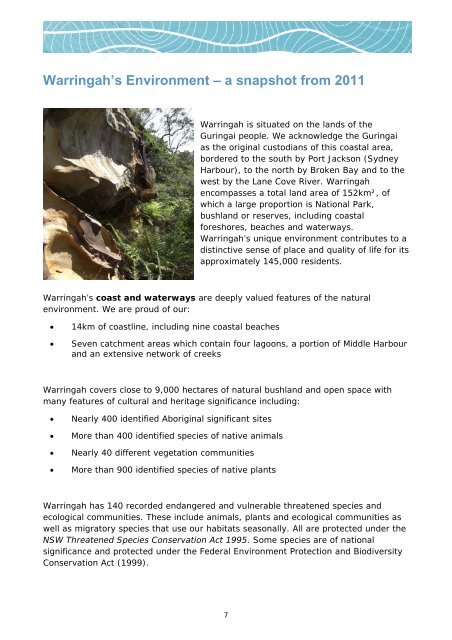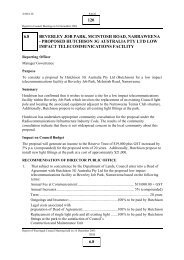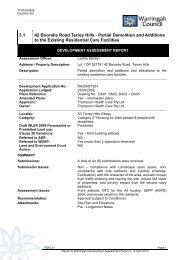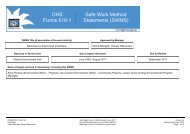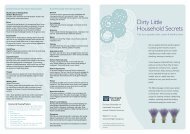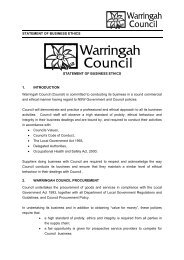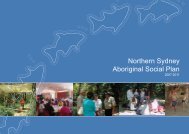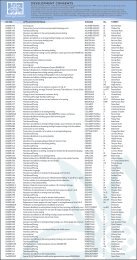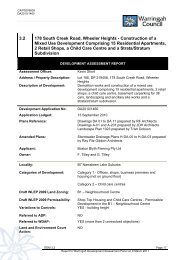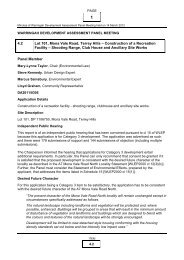Environmental Sustainability Strategy - Warringah Council - NSW ...
Environmental Sustainability Strategy - Warringah Council - NSW ...
Environmental Sustainability Strategy - Warringah Council - NSW ...
Create successful ePaper yourself
Turn your PDF publications into a flip-book with our unique Google optimized e-Paper software.
<strong>Warringah</strong>’s Environment – a snapshot from 2011<br />
<strong>Warringah</strong> is situated on the lands of the<br />
Guringai people. We acknowledge the Guringai<br />
as the original custodians of this coastal area,<br />
bordered to the south by Port Jackson (Sydney<br />
Harbour), to the north by Broken Bay and to the<br />
west by the Lane Cove River. <strong>Warringah</strong><br />
encompasses a total land area of 152km², of<br />
which a large proportion is National Park,<br />
bushland or reserves, including coastal<br />
foreshores, beaches and waterways.<br />
<strong>Warringah</strong>’s unique environment contributes to a<br />
distinctive sense of place and quality of life for its<br />
approximately 145,000 residents.<br />
<strong>Warringah</strong>’s coast and waterways are deeply valued features of the natural<br />
environment. We are proud of our:<br />
• 14km of coastline, including nine coastal beaches<br />
• Seven catchment areas which contain four lagoons, a portion of Middle Harbour<br />
and an extensive network of creeks<br />
<strong>Warringah</strong> covers close to 9,000 hectares of natural bushland and open space with<br />
many features of cultural and heritage significance including:<br />
• Nearly 400 identified Aboriginal significant sites<br />
• More than 400 identified species of native animals<br />
• Nearly 40 different vegetation communities<br />
• More than 900 identified species of native plants<br />
<strong>Warringah</strong> has 140 recorded endangered and vulnerable threatened species and<br />
ecological communities. These include animals, plants and ecological communities as<br />
well as migratory species that use our habitats seasonally. All are protected under the<br />
<strong>NSW</strong> Threatened Species Conservation Act 1995. Some species are of national<br />
significance and protected under the Federal Environment Protection and Biodiversity<br />
Conservation Act (1999).<br />
7


